Ditapis dengan

Risk Management in Construction Projects
A project risk could be described as anything that could impact the fundamentals of a project performance timeline, performance, or budget. So, risk management, then, could be described as the deliberate processes of identifying, categorizing, prioritizing, and planning for risk occurrences before they disrupt project delivery. This book has contributions from diverse fields in the construction…
- Edisi
- -
- ISBN/ISSN
- 978-1-83962-218-2
- Deskripsi Fisik
- 100 hlm.
- Judul Seri
- -
- No. Panggil
- -
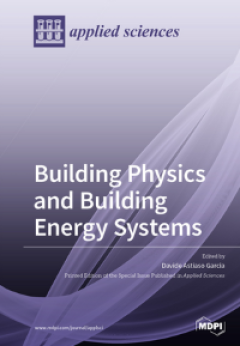
Building Physics and Building Energy Systems
The energy transition is one of the key approaches in the effort to halt climate changes, and it has become even more essential in the light of the recent COVID-19 pandemic. Fostering the energy efficiency and the energy independence of the building sector is a focal aim to move towards a decarbonized society. In this context, building physics and building energy systems are fundamental discipl…
- Edisi
- -
- ISBN/ISSN
- 978-3-0365-0519-0
- Deskripsi Fisik
- 196 hlm.
- Judul Seri
- -
- No. Panggil
- -
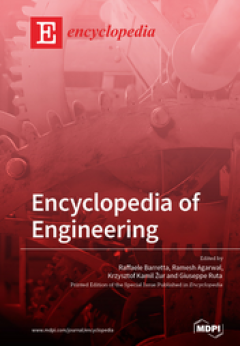
Encyclopedia of Engineering
Encyclopedia of Engineering aims at providing a collection of entries concerning several fields of Engineering Sciences. The reprint provides a historical overview, starting from the investigation of Mechanics and Science in Ancient Greece and showing their evolution over time. The topical collection focuses on Civil, Mechanical and Aerospace Engineering providing basic concepts as well as nove…
- Edisi
- -
- ISBN/ISSN
- 978-3-0365-7001-3
- Deskripsi Fisik
- 466 hlm.
- Judul Seri
- -
- No. Panggil
- -
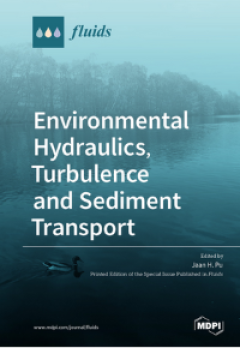
Environmental Hydraulics, Turbulence and Sediment Transport
In the research on environmental hydraulics, its turbulence, and its sediment transport, constant challenges have been faced. The complexity of hydraulic impacts on sediment transport and turbulent flow properties makes research in this area a difficult task. However, due to pressure from climate change and the mounting issue of pollution, environmental flow studies are more crucial than ever. …
- Edisi
- -
- ISBN/ISSN
- 978-3-0365-3243-1
- Deskripsi Fisik
- 132 hlm.
- Judul Seri
- -
- No. Panggil
- -
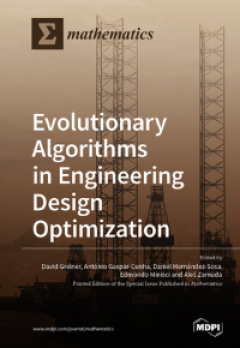
Evolutionary Algorithms in Engineering Design Optimization
Evolutionary algorithms (EAs) are population-based global optimizers, which, due to their characteristics, have allowed us to solve, in a straightforward way, many real world optimization problems in the last three decades, particularly in engineering fields. Their main advantages are the following: they do not require any requisite to the objective/fitness evaluation function (continuity, deri…
- Edisi
- -
- ISBN/ISSN
- 978-3-0365-2715-4
- Deskripsi Fisik
- 316 hlm.
- Judul Seri
- -
- No. Panggil
- -
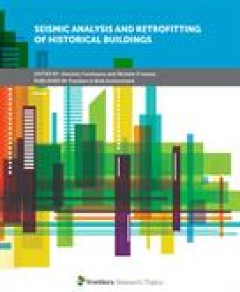
Seismic Analysis and Retrofitting of Historical Buildings
The awareness of the concept of conservation and protection of historical buildings against natural threats, and in particular the seismic one, is an important and current issue. This is due to the fact that most of them have been recognized as having cultural heritage, having an inestimable value for their constructive, material and typological characteristics to be preserved and handed down t…
- Edisi
- -
- ISBN/ISSN
- 978-2-88966-011-7
- Deskripsi Fisik
- 207 hlm.
- Judul Seri
- -
- No. Panggil
- -
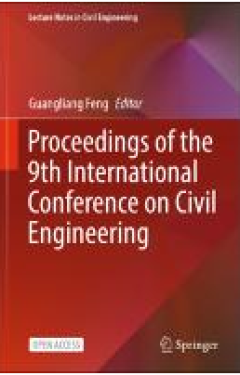
Proceedings of the 9th International Conference on Civil Engineering
This open access book is a compilation of selected papers from the 9th International Conference on Civil Engineering (ICCE2022). The work focuses on novel research findings on seismic technology of civil engineering structures, High-tech construction materials, digitalization of civil engineering, urban underground space development. The contents make valuable contributions to academic research…
- Edisi
- -
- ISBN/ISSN
- 978-981-99-2532-2
- Deskripsi Fisik
- 627 hlm.
- Judul Seri
- -
- No. Panggil
- -

Proceedings of the 2nd International Conference on Innovative Solutions in Hy…
This open access book is compilation of selected papers from 2nd International Conference on Innovative Solutions in Hydropower Engineering and Civil Engineering (HECE 2022). The work focuses on novel techniques for topics in hydropower and sustainable development, maximizing and communicating the multiple benefits of hydro, the food-water-energy nexus approach, synergy among the renewables, ma…
- Edisi
- -
- ISBN/ISSN
- 978-981-99-1748-8
- Deskripsi Fisik
- 524 hlm.
- Judul Seri
- -
- No. Panggil
- -

Efficient Damping and Isolation Systems for Civil Structures
Civil engineering structures may vibrate due to different sources of excitations such as earthquakes, wind, traffic, humans, etc. The resulting vibrations may not be acceptable from the perspective of vibration comfort or can even impair the structure's safety. Depending on the excitation mechanism, anti-vibration measures range from increasing the structural damping using local dampers, decoup…
- Edisi
- -
- ISBN/ISSN
- 978-3-0365-6560-6
- Deskripsi Fisik
- 196 hlm.
- Judul Seri
- -
- No. Panggil
- -
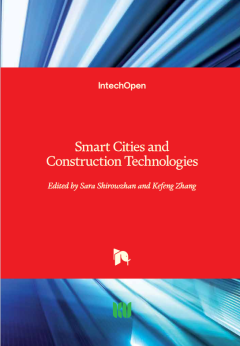
Smart Cities and Construction Technologies
Smart cities are rapidly evolving, leveraging innovative technologies to improve the quality of life for their residents. This book, “Smart Cities and Construction Technologies,” edited by Sara Shirowzhan and published by IntechOpen in 2020, explores the intersection between smart city concepts and construction technologies. The book delves into various aspects of construction technologies …
- Edisi
- -
- ISBN/ISSN
- N 978-1-83880-398-8
- Deskripsi Fisik
- -
- Judul Seri
- -
- No. Panggil
- -
 Karya Umum
Karya Umum  Filsafat
Filsafat  Agama
Agama  Ilmu-ilmu Sosial
Ilmu-ilmu Sosial  Bahasa
Bahasa  Ilmu-ilmu Murni
Ilmu-ilmu Murni  Ilmu-ilmu Terapan
Ilmu-ilmu Terapan  Kesenian, Hiburan, dan Olahraga
Kesenian, Hiburan, dan Olahraga  Kesusastraan
Kesusastraan  Geografi dan Sejarah
Geografi dan Sejarah